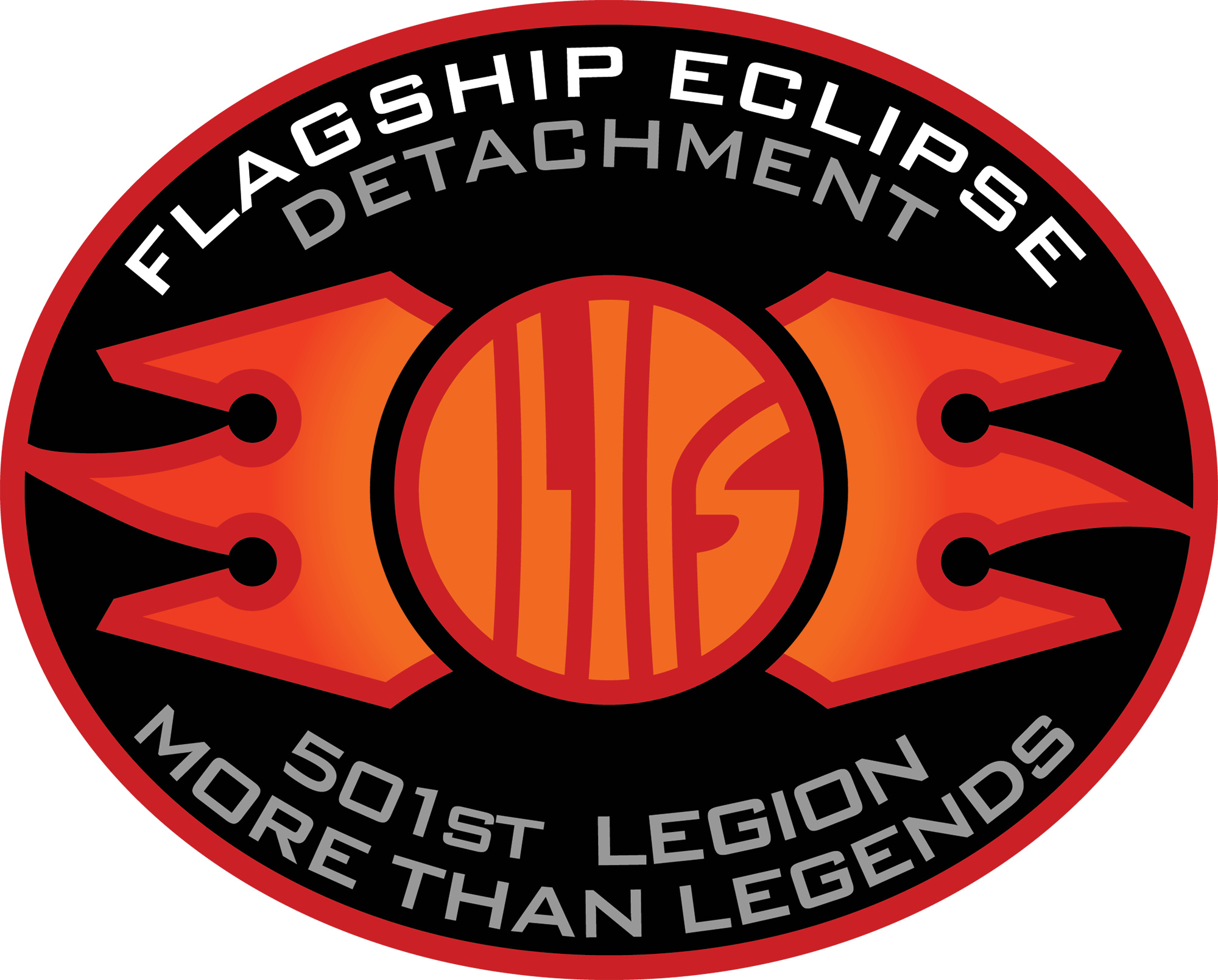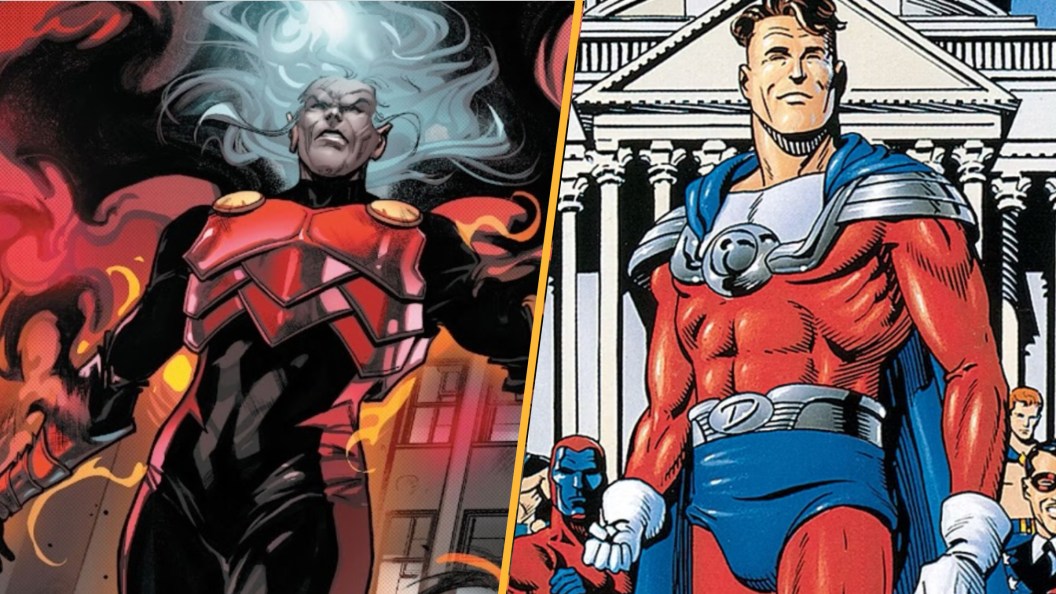
Real-world historical figures have always had a hand to play in the world of comics, even if it could be a slippery slope to deal with a living person or their family. Folks are litigious at the drop of a hat, so who knows what could happen? But what we have gotten in the past has taken some pillars of collective human history and enhanced them within the world of comics in some interesting ways. Some are extensions of other fictional takes on a real-life persona, while others are an additional sheen to an already noteworthy life.
We even have great examples of historical figures stepping in to be a part of major events within the larger comic book world. Do you think Reed Richards is the first genius to tussle with Galactus? Not at all. Some modern writers have tried to weave history in a way that provides depth to the world of superheroes. But even in the early days, it wasn’t crazy to see Superman urging people to buy war bonds or to see Captain America become a thorn in the side of the Nazis well after the end of the war. We decided the time was right to look through some of the greatest comics to also feature historical figures. Some are the definition of heroics, setting the tone for those who would follow.
1) Isaac Newton
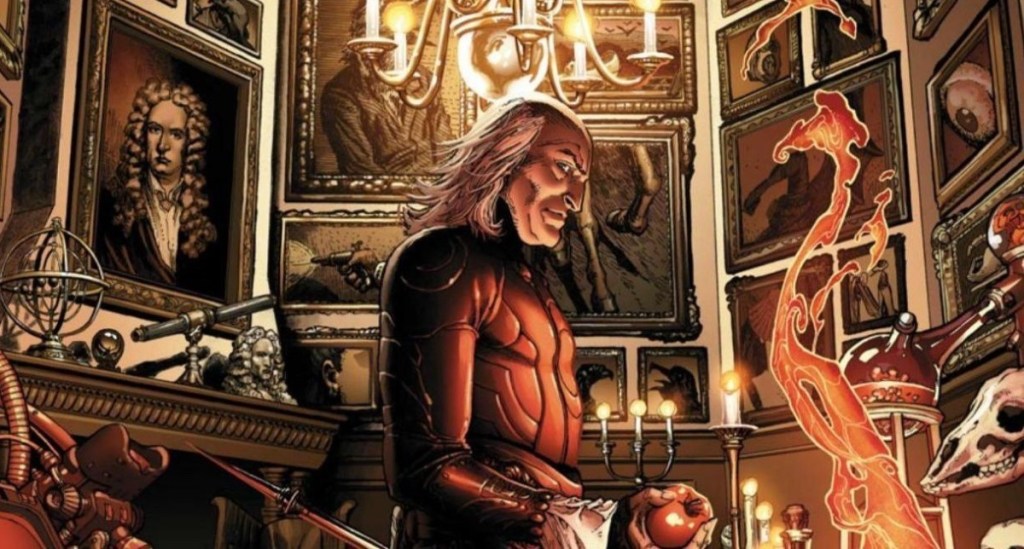
The English polymath and key Enlightenment figure Isaac Newton is one of the greatest thinkers in history and the father of modern science. The fictionalized version from the Marvel Universe, established by Jonathan Hickman in 2010s S.H.I.E.L.D., is still a great thinker, but he’s also the father of Hydra. It’s a thick story with a lot to take in, but Newton’s rise within the Brotherhood of the Shield and his eventual hand in the creation of Hydra turn him into a villain that could stand beside Doctor Doom any day. A few of the entries in this list a drawn from the same story, and for good reason. It blends Marvel lore and historical figures in a way that honors Stan Lee and Jack Kirby by expanding their universe beyond the 20th century.
2) Leonardo Da Vinci
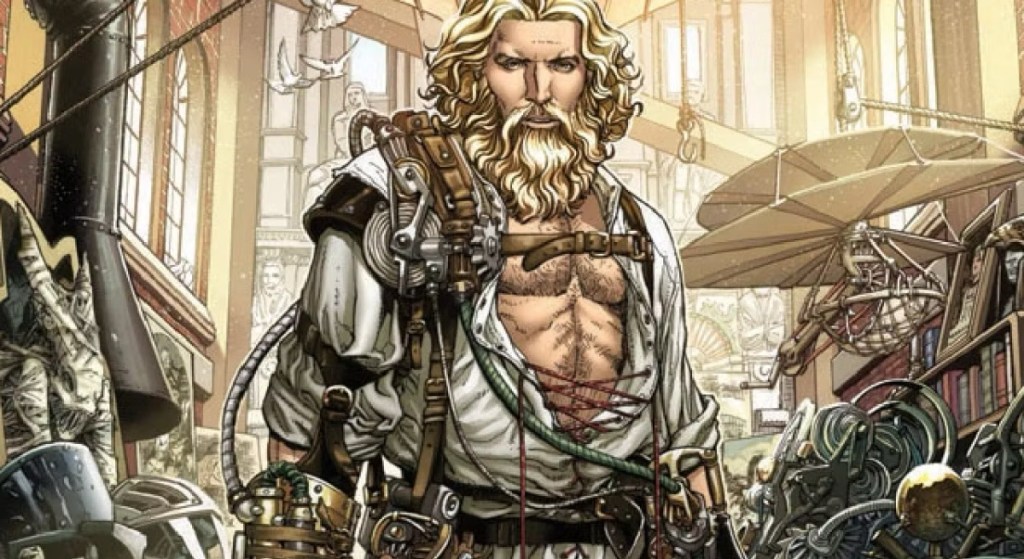
Opposing Newton’s Spear, a time-displaced Leonardo Da Vinci returns from a journey in space to reclaim leadership of the Brotherhood of the Shield. His 16th-century death is revealed to have been faked using an early version of a Life Model Decoy. He built the Immortal City under Rome, the headquarters for the Shield, and was still kicking during the Secret Empire storyline, even taking steps to reform S.H.I.E.L.D. with VIPs and geniuses tapped to fill roles. He’s like a combination of Reed Richards and Tony Stark, which is fitting given Nathaniel Richards and Howard Stark’s presence in the story.
3) Nikola Tesla

The third force in the struggle with Newton’s version of the Shield, Nikola Tesla was originally a member of the Brotherhood before splitting due to Newton’s methods of rule. In the comic, Tesla is connected to the Tunguska Event and eventually labeled a mad scientist. He seemingly leans into this, creating an electric suit he donned as the Night Machine. Probably the farthest from his real-life counterpart, Tesla’s portrayal on the page seems correct for him. His suit harnesses a quantum power inside, and this version sees Tesla’s ideas on directed-energy weapons.
4) Galileo/Zhang/Imohotep
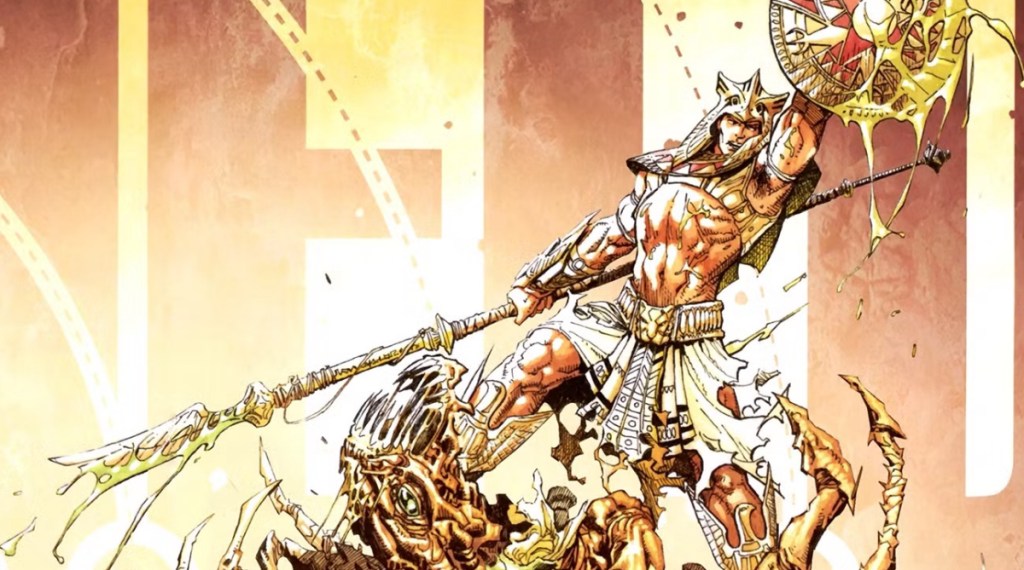
A final look at S.H.I.E.L.D. needs to single out a trio that gets a small showcase near the start of the storyline. The foundations of the Brotherhood of the Shield start with Imohotep battling a Brood infestation in Egypt alongside Apocalypse and an early version of Moon Knight. We later get a glimpse from the 1st century in China with Zhang Heng speaking with the Celestial Madonna to have her give birth in the Sun instead of destroying Earth. Finally, Galileo Galilei became the leader of the Brotherhood and had to face an early invasion by Galactus. Just a fun series overall.
5) Adolf Hitler

Elsewhere in the world of comics, we’ve seen Adolf Hitler pop up numerous times over the years. Famously, he received a big punch from Captain America on the cover of the first issue of Captain America in 1941. But for my money, his best comic appearance comes in JSA: The Golden Age. The Elseworlds story circles the original Justice Society of America and the All-Star Squadron in the years after World War II. After being recruited for a secret project, Dynaman, real name Dan Dunbar, is ready to gain new powers through secret experimentation. What results is the Ultra Humanite placing Hitler’s brain in his body, turning the Nazi leader into a superhuman monster that stands his ground against the JLA until being run through by Liberty Belle.
6) Vlad Dracula
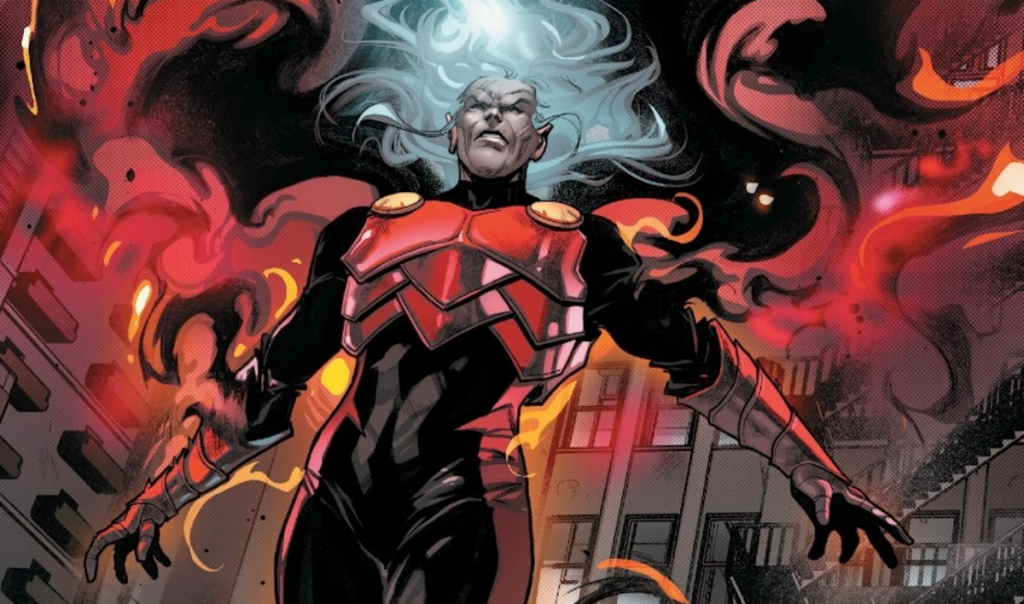
Pinning down the origins and storylines for Vlad Tepes Dracula. Based on the real-life Vlad the Impaler, the Romanian dictator became a bit of a staple, especially in Marvel Comics with Tomb of Dracula. From there, the character started to take on a life of its own within the Marvel Universe, even battling the X-Men and others over the years. Most recently, this version of Dracula returned during the Blood Hunt saga, trying to track down the traitor in his midst. DC Comics has also provided a great Dracula in Red Rain, turning Batman into a crime-fighting scourge of the night.
7) Richard Nixon

While he is never called by name and you never see his face, the former President of the United States in 1974 was revealed as the leader of the splinter group from Hydra known as the Secret Empire. Going by the name “Number One,” Nixon tries to destroy Captain America’s reputation until he is confronted by the flag-waving hero. While the real-world Nixon resigned in disgrace and lived for many years, the evil version reveals his identity and then kills himself in defiance of Captain America. Worse yet, it shakes Cap to the core and leads to him renouncing the USA and becoming the Nomad.
8) Albert Einstein

The brilliant physicist gets a great chance to spread his wings in the series Manhattan Projects, fittingly from Jonathan Hickman yet again. The alternate history expands the Manhattan Project to be a larger initiative to experiment and create. What eventually happens is that an alternate universe is discovered, with Einstein quickly meeting his alternate self and switching spots with him. The drunken alternate version becomes the Einstein we all know, while the real version traverses the alternate dimension and eventually returns with quite the barbaric streak.
9) Laika
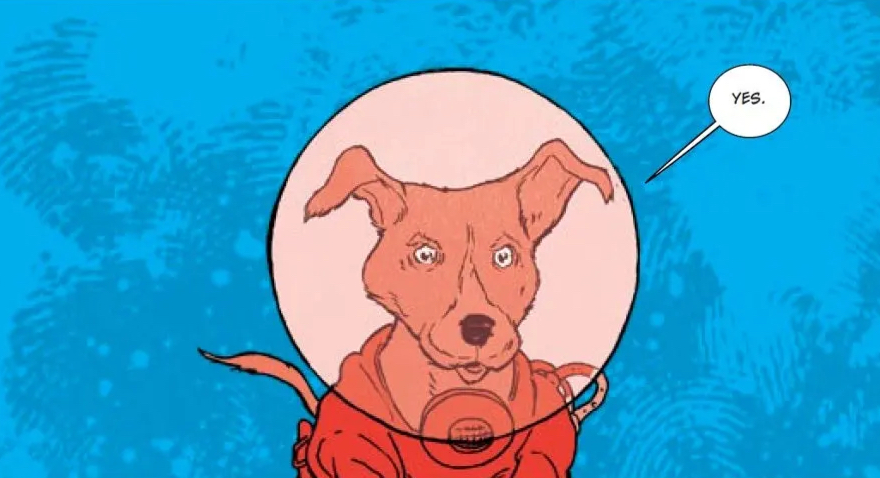
In a later follow-up season, subtitled Beyond the Stars, the ill-fated cosmonaut dog Laika is given a proper return from its early space journey. While exploring space with Werner von Braun, Yuri Gagarin was close to the dog and would grow even closer once they ran into each other. The dog can now talk and communicate, while later being given a more humanoid form. It makes this list mainly because Laika deserves a second chance. Its original, real-world ending remains unfair, and it is nice to see the dog live on in pop culture.
10) John Lennon

In The Invisibles, John Lennon is presented as a trippy godhead that is allegedly ripped from writer Grant Morrison’s real-life experiences. “I wanted to make a dedication at the beginning of what was a whole new life for me in many ways. I wanted to summon a spirit of pure psychedelic inspiration into a Lennon-shaped environment,” he explained. The result was Lennon having a real influence on the book, the author, and his characters. “It felt most like the imagined Lennon of Revolver and Sgt. Pepper,” he adds. “A psychedelic god on acid.” Much better than being known only as a problematic ego-maniac.
Do you have any favorite historical figures used in comics? Let us know in the comments.
The post 10 Real-Life Figures Who Made Great Comic Book Heroes (And Horrifying Villains) appeared first on ComicBook.com.
